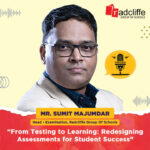
Welcome to ‘Education Reimagined’, where we explore innovative approaches to education. Today, we’re discussing the need to redesign assessments in our education system. Our expert Mr. Sumit Majumdar will share his insights on how we can move beyond traditional testing methods and focus on competency-based assessments.
The traditional assessment system in India has been criticised for its emphasis on rote learning and high-stakes testing. But what if we told you there’s a better way? Redesigned assessments focus on competency-based evaluations, reducing exam pressure and promoting deeper learning.
That’s right. Traditional assessments often prioritise rote memorization over critical thinking and problem-solving skills. Redesigned assessments, on the other hand, focus on measuring students’ ability to apply what they’ve learned in real-world scenarios. This approach helps students develop a deeper understanding of the subject matter and prepares them for success in the 21st century.
Competency-based evaluations assess students’ mastery of specific skills and knowledge in a subject area. It’s not just about memorising facts, but about applying what they’ve learned to solve problems, think critically, and communicate effectively. This approach focuses on measuring students’ ability to apply what they have learned so far in a practical setting, rather than just recalling information.
How does this approach differ from traditional testing methods?
Traditional testing methods often focus on recall and recognition, whereas competency-based evaluations focus on application and analysis. For example, a traditional test might ask students to recall a historical date or a scientific formula, whereas a competency-based evaluation would ask students to analyse the significance of that historical event or apply the scientific formula to solve a real-world problem.
Redesigned assessments also provide a more accurate and comprehensive picture of student learning, as they assess a range of skills and knowledge. This includes skills like critical thinking, problem-solving, communication, and collaboration, which are essential for success in the 21st century.
Additionally, competency-based evaluations often include performance tasks, projects, and presentations that allow students to demonstrate their learning in a more authentic way. This approach also provides teachers with a clearer understanding of what students can do with their knowledge, rather than just what they know.
What are some benefits of redesigned assessments?
So, when we redesign assessments, we see some really powerful benefits. First, we reduce exam pressure. Students feel less anxious, less stressed about exams, and that’s creating a more positive learning environment.
Second, it leads to improved student engagement. When students are asked to apply what they’ve learned, to think critically, to solve problems, they’re more invested in the learning process. They’re more motivated and more engaged. And, it obviously results in better learning outcomes.
And for teachers, redesigned assessments provide valuable insights into student learning. Teachers can see where students are struggling, where they need extra support, and where they’re excelling. This allows teachers to tailor their instruction to meet individual needs, to provide targeted support and challenges for each student.
Overall, redesigned assessments are helping us move away from a one-size-fits-all approach to education, and towards a more personalised, more effective approach.
Can you give us an example of how redesigned assessments work in practice?
For example, instead of just answering questions about photosynthesis, students might be asked to design an experiment to test how different variables affect the rate of photosynthesis. This requires them to think critically about the scientific concept, to hypothesise, to predict, and to problem-solve.
How do you see technology enhancing the assessment process?
Technology can be a game-changer for redesigned assessments. It can help with scoring, making it more accurate and efficient, and also provide personalised feedback to students, which is really powerful. It can also enable more authentic assessments, like project-based evaluations and simulations, that mirror real-world scenarios. This will allow students to demonstrate skills like critical thinking, collaboration, and problem-solving in a more meaningful way.
What are some of the common obstacles that educators face when trying to implement these types of assessments, and how can they overcome them?
One of the main challenges is teacher training and support. Teachers need to understand the new approach and develop skills to design and implement competency-based assessments. Additionally, there may be resistance from some stakeholders who are used to traditional testing methods.
Can you tell us more about SAFAL, its key features, and how it’s expected to impact student learning outcomes?
SAFAL is a competency-based assessment system that evaluates students’ understanding of core concepts in science, maths, and languages. It’s designed to be a ‘no-preparation required’ exam, which is expected to reduce stress and promote deeper learning. SAFAL focuses on assessing students’ ability to apply what they’ve learned, rather than just recalling facts.
Wonderful! How does SAFAL work?
So, SAFAL is really shaking things up when it comes to assessments. Instead of just multiple-choice questions, it combines those with open-ended responses, allowing students to really show off their understanding of core concepts. And the best part? It’s flexible – students can take the test online or in-school, whichever works best for them.
But here’s the game-changer: the results aren’t given in percentages, but rather in scaled scores. This means that students aren’t just being judged on their raw scores, but on their actual understanding of the material. It’s a much more comprehensive picture of student learning.
How exactly does SAFAL’s approach help to mitigate exam stress and pressure? Is it simply the shift away from percentages, or are there other design elements at play? And what impact do you think this could have on students’ mental health and well-being, particularly those who may have previously felt overwhelmed by traditional exam formats?
Exactly, the shift away from percentages is just one aspect of SAFAL’s approach. By focusing on competency-based assessment, we’re emphasising what students can do, rather than just their grades. This helps reduce the pressure to perform well on a single test, which can be overwhelming for many students.
Additionally, the scaled score format helps reduce competition among students, as everyone’s working towards mastering specific skills rather than competing for a limited number of top grades.
And, by eliminating the need for extensive preparation, we’re reducing the stress and anxiety that often comes with cramming for exams. I believe this could have a profoundly positive impact on students’ mental health and well-being, particularly those who may have previously felt like they were constantly struggling to keep up. By taking the focus off grades and putting it on learning, we’re creating a more supportive and inclusive environment for all students.
What is the role of technology in enabling this shift. For instance, does technology enable more frequent, low-stakes assessments, or provide real-time feedback to students? And how does SAFAL’s technology platform support teachers in developing and implementing these new assessment strategies?
Absolutely, I strongly believe that technology is going to make this initiative incredibly successful. By leveraging technology, we can facilitate competency-based assessment in a more efficient, accurate, and personalised way. For instance, technology enables us to conduct more frequent, low-stakes assessments, which helps reduce student anxiety and provides a more comprehensive picture of their learning journey. The immediate feedback loop is also crucial, as it allows students to track their progress and identify areas for improvement in real-time.
Moreover, technology helps reduce errors and biases in scoring, as you mentioned. By automating the scoring process, we can minimise human error and ensure that assessments are scored consistently and fairly. And with advanced psychometrics and data analytics, we can gain a deeper understanding of student performance and provide more targeted support to teachers.
But what’s equally important is how technology supports teachers in developing and implementing these new assessment strategies. The SAFAL platform provides teachers with a range of tools and resources to help them design and deliver competency-based assessments, as well as track student progress and identify areas where students need extra support. By empowering teachers with technology, we can ensure that they’re equipped to provide the best possible support to their students.
How does SAFAL align with the broader goals of education reform in India?
SAFAL aligns with the goals of the National Education Policy 2020, which emphasises competency-based assessments and reduces exam pressure. SAFAL is a step towards creating a more student-centred and equitable education system.
Thank you, Mr. Sumit, for sharing your valuable insights on implementing redesigned assessments through SAFAL. As we conclude this podcast, let’s summarise the key takeaways: SAFAL’s competency-based approach reduces exam pressure, promotes student-centred learning, and leverages technology for more accurate and comprehensive feedback. By shifting the focus from rote memorization to deep understanding, we can create a more inclusive and supportive education system.
As we reflect on this shift in assessment practices, let’s remember that it’s not just about changing the way we assess students, but about transforming the way we think about learning. By putting students at the forefront, we can empower them to take ownership of their learning journey and unlock their full potential.
Thank you to our listeners for tuning in to this thought-provoking conversation. We hope this podcast has inspired you to rethink assessment practices and join the movement towards a more student-centred education system. Until next time, goodbye and keep learning~



